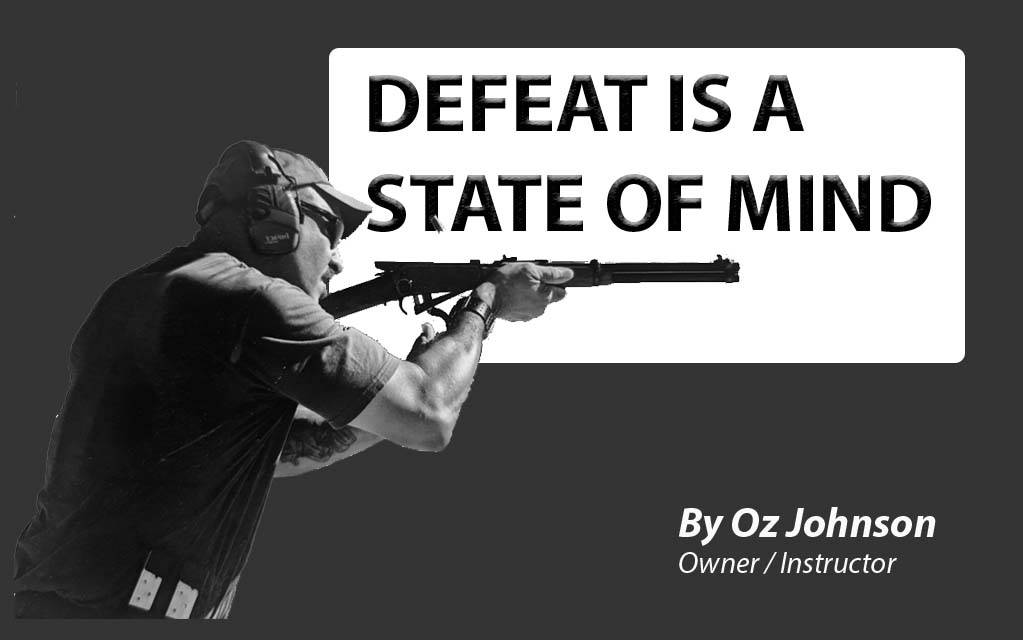As a responsible gun owner who carries for self-defense, my marksmanship is extremely important. Marksmanship refers to a person’s ability to both accurately and consistently hit their intended target while using a firearm. From a certain distance you should be able to consistently hit your target, using as few rounds as possible.
The ability to learn good marksmanship is created by implementing several practices into your training routine. Most inexperienced shooters believe that shooting accurately has to do solely with lining up the sights on your firearm and holding that sight alignment and sight picture through the squeeze of the trigger. This belief is partially true, however there’s so much more that takes place before your eyes are on the sights of your firearm.
Before digging deeper, let’s look at some statistics. Almost every major study has found that Americans use their firearms in self-defense between 500,000 and 3 million times annually, as the Centers for Disease Control and Prevention has acknowledged. In 2021 the most comprehensive study ever conducted on the issue concluded that roughly 1.6 million defensive gun uses occur in the United States every year. Keep in mind that the statement “a gun was used in self-defense” does not mean in every case that the firearm was fired.
These statistics show that there is an alarming rate of violence occurring in our country and that many citizens are turning to firearms as a means of protection. Training with that firearm becomes very important because if fired, you are responsible for every round that exits the barrel.
Back to the subject of marksmanship and accuracy. If I am involved in a self-defense shooting, I want to be as accurate as possible for several reasons. I want to hit my intended target exactly where I’m aiming because I want to immediately stop the threat with as few rounds as possible. The more rounds fired from my gun the increased chance that one will miss.
Missing my intended target means my miss shots will stop somewhere else other than on my threat. Which means an innocent party might get injured or killed. No matter what the threat was that I perceived, I am now looking at possible criminal charges.
So, what do I do to ensure that the rounds fired stop at my threat. Practice, practice, and then practice some more. The techniques I implement into my training that assist with accuracy and marksmanship include proper master grip on the firearm and how I present my body and firearm toward the target or threat. I am right-handed so my master grip is achieved with my right hand. My left hand becomes my support hand. When I obtain my master grip and when I’ve lowered my mechanical safety, my right thumb is along the frame of my firearm and pointing down the barrel. This begins the natural pointing process of aiming a firearm.
When I obtain a two-hand grip, my support hand (left hand) marries up with my strong hand in a fashion where my left thumb is also pointing down the barrel of my firearm, continuing the natural pointing process of aiming my firearm. We as humans can naturally point a finger at an item and be spot on or pretty close in aim. My thumbs are doing the same thing when pointing down the barrel of my firearm and pointing at my target. Way before my firearm’s sights are presented between my eyes and my target. Statistics show that the majority of self-defense shootings happen at very close distance, between 6 to 21 feet. You might not have enough time for anything but point shooting.
The other aspect of point shooting is the alignment of my body with the intended target. This isn’t always possible but if I square up to the target with my upper body and arms facing directly toward the target, I am again using that natural point of aim before looking through my sights.
If you are allotted enough time to obtain a proper sight picture, these techniques will help you gain that sight picture even quicker than if you ignored these practices. Self-defense is always about being smarter, better, and faster than your opponent.
Train to be the best because you never know who you’re going up against.
NEVER STOP TRAINING!
Oz Johnson/Lead Instructor, NRA Certified
Karin Johnson/Operations Manager
JohnsonGroupTAC.com
[email protected]
602-410-7355





